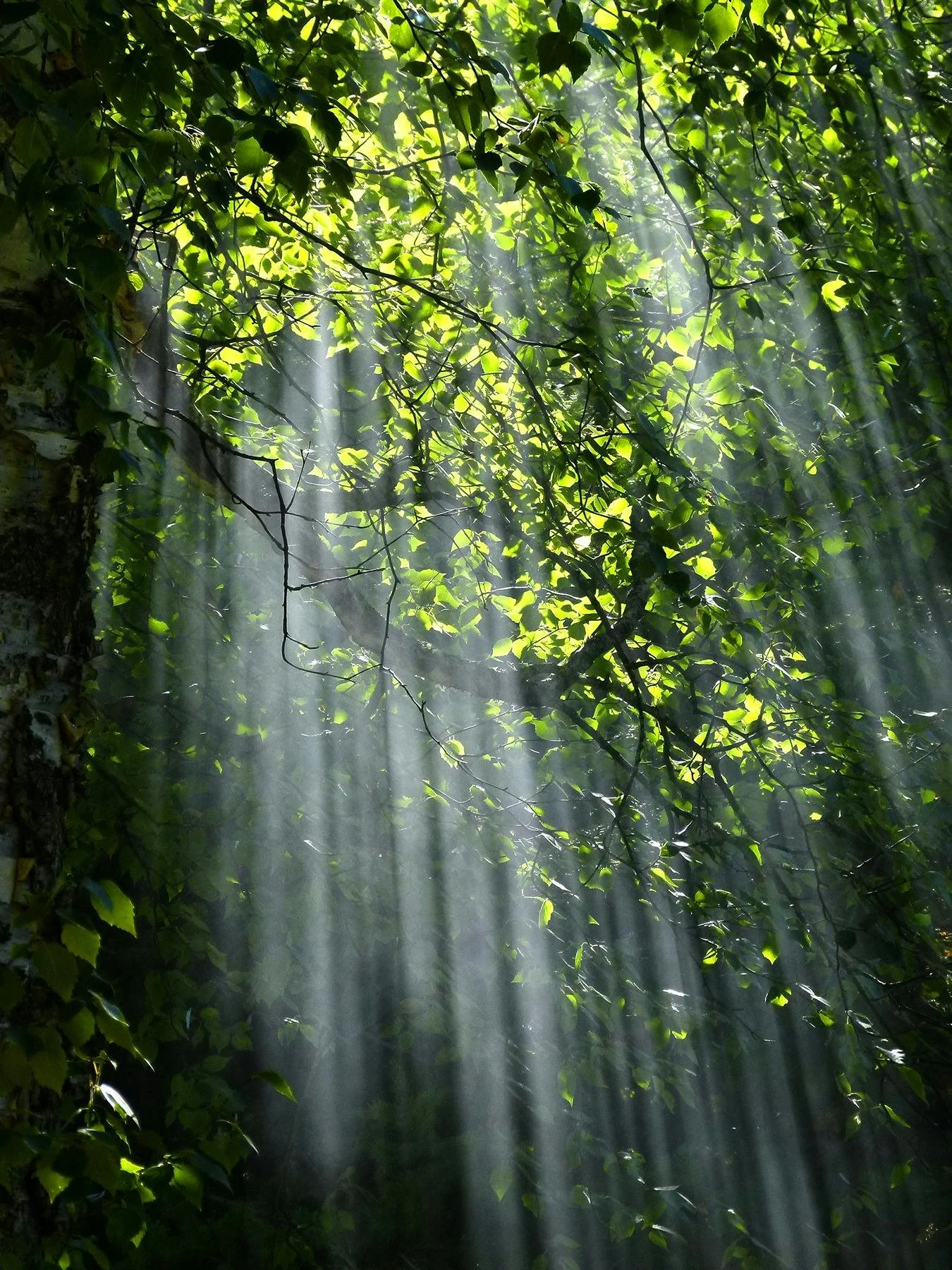The Secret Lives of Trees – How Trees Communicate
Nature has secrets, and one of its best-kept ones is that trees can talk. While they may not have voices like ours, trees have their own sophisticated language, sending messages through an underground network often called the "Wood Wide Web."
The Underground Network
Beneath the forest floor, trees communicate through a complex system of roots and fungi known as mycorrhizal networks. These fungi form symbiotic relationships with trees, connecting their roots to a massive web that allows them to send signals and share resources. This underground system functions much like the internet, allowing trees to exchange nutrients, warnings, and even support struggling neighbors.
Trees Helping Trees
Through this network, older, more established trees—often called "Mother Trees"—provide younger saplings with essential nutrients and even help them grow in the shade of a dense forest. When a tree is under attack from pests or diseases, it sends out distress signals through the mycorrhizal network, warning nearby trees to strengthen their defenses by producing protective chemicals.
A Forest That Feels
Studies have shown that trees not only communicate but also exhibit behaviors that suggest cooperation and survival instincts. Some species of trees, such as acacias, release airborne chemical signals when grazed by animals, warning neighboring trees to produce bitter-tasting toxins in their leaves to deter further feeding. This shows that forests function as interconnected communities rather than isolated individuals.
What This Means for Us
Understanding tree communication reminds us that nature is alive and deeply interconnected. Forests are not just a collection of trees but thriving ecosystems where cooperation ensures survival. As we continue to learn from these ancient networks, it’s a reminder that we, too, are part of a larger system—one that thrives on connection, support, and balance.
So next time you walk through a forest, take a moment to appreciate the silent conversations happening beneath your feet. The trees are talking—you just have to listen.




